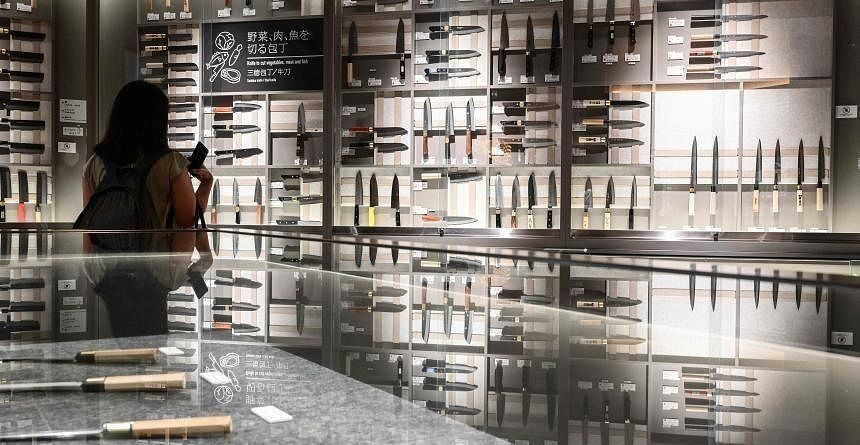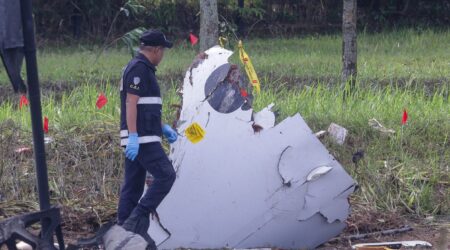Sakai knives draw global fans to Japanese city, sharpening sales
TOKYO: Visitors from around the world have been flocking to a small two-storey building in Sakai city, about a 30-minute train ride from Osaka.
According to Nikkei Asia, many of those who turn up at the Sakai Traditional Crafts Museum visit for one thing: its showroom, which features hundreds of chef’s knives made famous by the skill of local craftsmen.
The technique used to forge Sakai knives dates back to the 15th or 16th century, developed by gunsmiths during Japan’s Warring States or Sengoku period.
Soft iron and steel are forged together and the steel portion of the knife is honed into an edge so sharp that it cuts through fish and vegetables without damaging the cells.
As Japanese food grew in international popularity, so did the knives’ global recognition.
More recently, part of their widespread popularity is also attributed to Frenchmen Eric Chevallier, who works as a foreign market development coordinator at the Sakai City Industrial Promotion Centre, which owns the museum.
At the museum on one day in November, Mr Chevallier was explaining to visitors from France what makes a Sakai knife unique, sharing that it is used by a chef at a restaurant along Paris’ famed Champ-Elysees, said the Nikkei Asia report.
Mr Chevallier, who has also worked as a blacksmith in Japan since 2012, publishes French blog posts and videos highlighting the knives and other traditional Japanese crafts.
As international travel rebounded in 2022, sales at the museum reached 110 million yen (S$1 million) in the previous financial year, recovering to pre-pandemic levels.
In just the first seven months of the 2023 financial year, which began in April, sales have already exceeded 100 million yen.
Just under a third of the 10,000 or so customers in that period came from overseas, many hailing from the United States, Europe and Australia.
They contributed to half of the total amount spent, with collectors purchasing multiple knives and others buying for friends back home.
The museum’s director Misa Endo said that the weak yen was one reason foreign tourists tended to spend more per person.
One visitor from Saudi Arabia apparently spent US$5,500 (S$7,361) on three knives during a 15-minute visit, Nikkei Asia reported. – The Straits Times/ANN













Leave a Reply